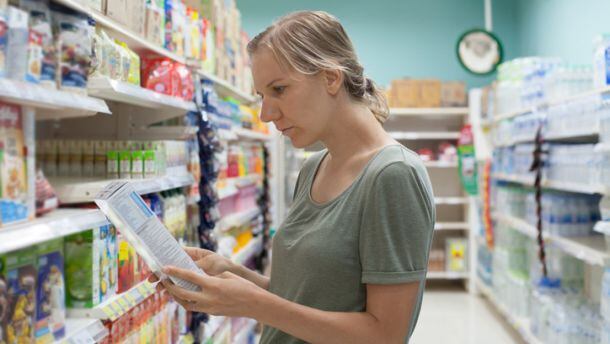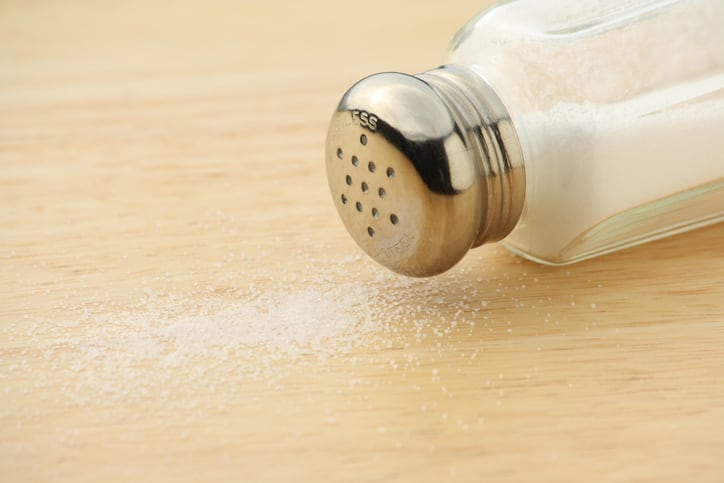The 35-page bill directs the Secretary of Health and Human Services (HHS) to establish a single, standard front-of-package nutrition labeling system "that clearly distinguishes between products of greater or lesser nutritional value."
This would involve warning symbols for products high in saturated or trans fats, sodium, added sugars, "and any other nutrients the consumption of which should be limited or discouraged; and a stop-light, points, star, or other commonly recognized signaling system to scale or rank foods according to their overall health value."
It also wades into the thorny issue of ‘natural,’ one of the most contentious words in food marketing, which the FDA started to probe in late 2015 with a request for comments (generating thousands of submissions), but has subsequently failed to pin down.
The bill does not attempt to come up with a detailed definition, but instructs the HHS Secretary to "include regulations relating to use of the term ‘natural’ on the labeling of food... and requiring that any such use includes a prominent disclosure explaining what the term ‘natural’ does and does not mean in terms of ingredients and manufacturing processes."
It also instructs the Secretary to "conduct consumer surveys and studies and issue a timely call for relevant public submissions regarding relevant consumer research including with respect to consumer understanding of the term ’natural’ in relation to the term ‘organic.'"
Tackling fairy dust sprinkling of nutrients
In a bid to prevent companies from using trivial quantities of whole grains, fruits and vegetables or other healthy ingredients and then shouting about their presence on pack, the bill also requires products bearing claims about such ingredients to list the amount per serving or percentages on pack.
Backed by the Center for Science in the Public Interest, Consumer Reports, Environmental Working Group, Gluten Free Watchdog, National Celiac Association, Celiac Disease Foundation, Beyond Celiac, and Gluten Intolerance Group, the bill also would also update labeling laws to require Nutrition Facts, ingredient, and allergen information to be displayed for online grocery items.
Other features in the bill include:
- New guidelines for use of the term ‘healthy.'
- Amending standards of identity that currently set minimum levels of salt in staples such as bread and cheese in order to encourage the use of substitutes such as potassium chloride.
- A requirement that all products containing at least 10mg caffeine per serving must label the amount of caffeine in milligrams.
- A requirement that any product labeled as yogurt must contain a minimum level of live and active cultures per gram.
- A definition of ‘low added sugar’ claims (products with 3 grams or fewer of added sugars per reference amount customarily consumed).
Read the full text of the Bill HERE.
What is 'natural'?

The FDA's 2015 call to action inviting views on whether it is appropriate to define ‘natural’ on food labels, and if so, what the definition should be, prompted a torrent of comments from trade associations, industry stakeholders, activists, and consumers.
The FDA has not, however, taken any action since then or clarified whether it is still looking at this issue (it's not mentioned in the agency's, latest update about its priorities) although former commissioner Dr Scott Gottlieb said in 2018 that, "We’ll have more to say on the issue soon."
What was striking from consumers' attempts to define 'natural' - pointing to the challenge facing regulators wading into this issue - was how heavily they relied on words such as ‘chemicals,’ ‘artificial’ and ‘processed,’ which are almost as difficult to define as the term ‘natural’ itself.
They also reflected how confused consumers were about what all foods are actually made from, with many commentators arguing that simply prohibiting the term ‘natural’ on products containing ‘chemicals’ would resolve the matter once and for all, an observation that might make food scientists snigger, but one that many food marketers have arguably aggressively fostered.


